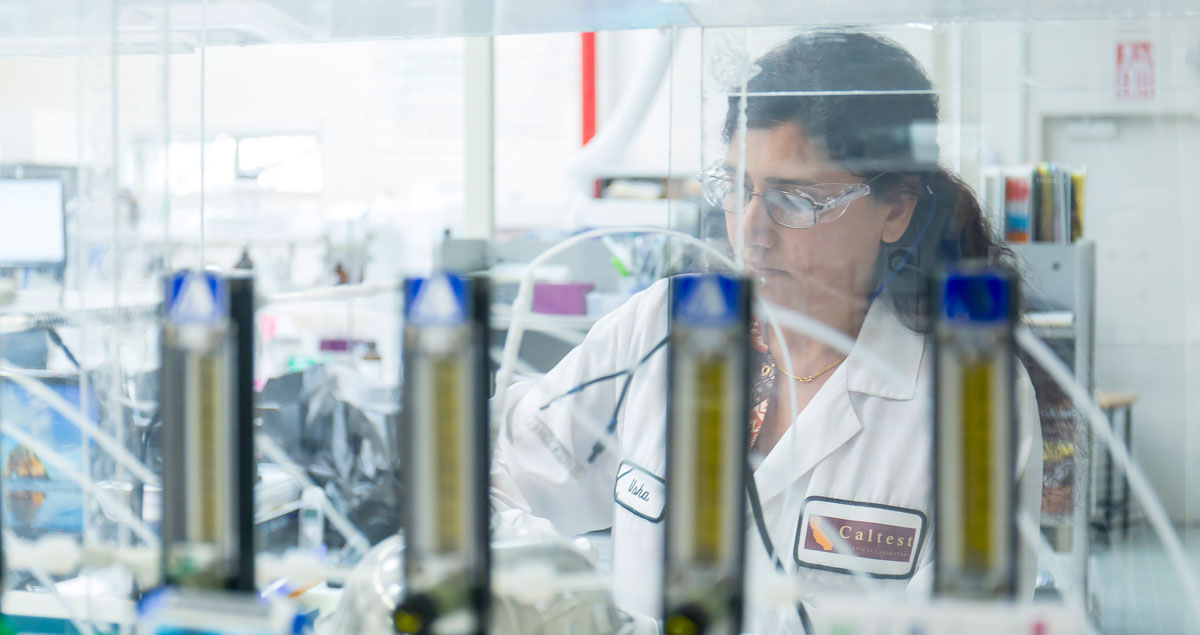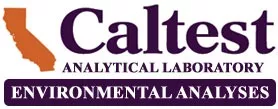
Trace Metal & Mercury Analysis at Caltest Analytical Laboratory
Caltest provides NPDES (National Pollutant Discharge Elimination System) compliance testing & analysis of wastewater, surface waters, stormwater, pyrethroid pesticides, and methyl mercury analysis by EPA methods optimized for low levels of reporting.
Caltest has significant experience as a commercial laboratory providing trace mercury analyses. In 1991 Caltest was one of two commercial labs in California reporting total mercury at 0.01µg/L rather than the standard 0.2µg/L common at the time.
In 2000 Caltest was an early adopter of the EPA method 1631 for trace mercury at a 0.5 ng/L reporting limit (0.0005µg/L). Caltest has optimized methods to provide reliable quantitation throughout the wide range of concentrations encountered in environmentally related samples. Our set of EPA approved methods provide appropriate detection and quantitation of treatment plant effluents, process flows (primary and secondary effluents), influents and industrial discharges, and ambient surface waters.
In 2004 Caltest began analyzing methyl mercury by EPA method 1630 with a reporting limit of 0.05ng/L (0.00005µg/L). Caltest’s experience includes a wide range of sample concentrations, with an emphasis on waters impaired with respect to mercury. Our work with the Florida Department of Environmental Protection’s version of draft method 1630 demonstrated a Minimum Detection Limit (MDL) of 0.006 ng/L and a reliable reporting limit of 0.02 ng/L. These lower limits compared to the standard draft method 1630 allow most ambient waters to be brought into quantitation range.
Caltest Analytical Lab has five analytical systems for the analyses of trace mercury, referencing EPA methods 245.1, 7470A, 7471A, 1630, and 1631.
Please contact us at the laboratory regarding our low-level environmental mercury analytical capabilities.
